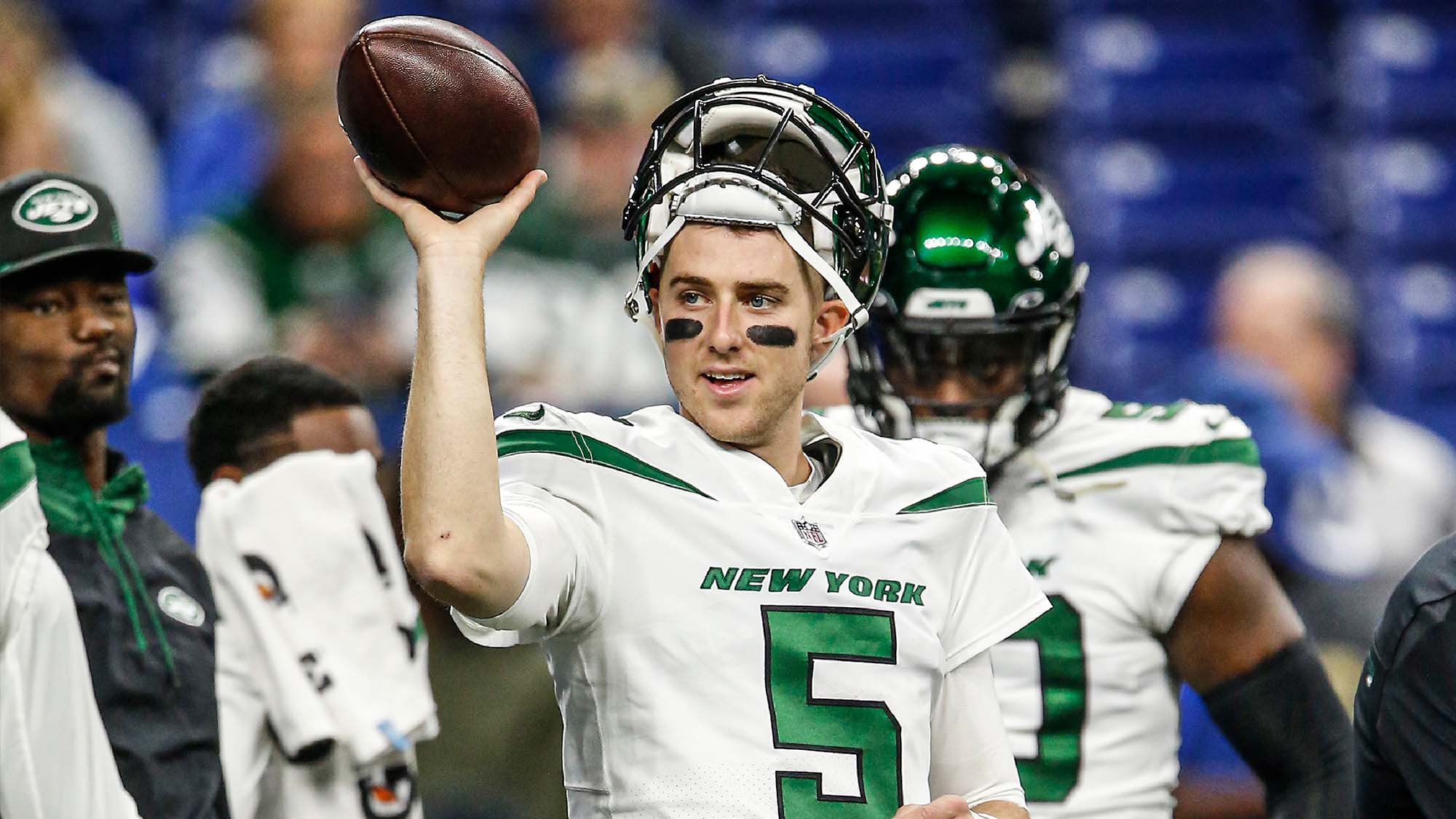Mike White
Mike White is a highly acclaimed American screenwriter, director, and actor. He is known for his witty, insightful, and often darkly comedic works that explore the complexities of human relationships and societal dynamics. White’s career spans multiple mediums, from television to film, and his work has garnered critical acclaim and a dedicated following.
Mike White’s Early Career as a Screenwriter
White’s journey into the world of storytelling began with his work as a screenwriter. He gained recognition for his contributions to popular television shows, establishing himself as a talented writer with a keen eye for character development and sharp dialogue.
White’s early career was marked by his involvement in two iconic teen dramas: “Dawson’s Creek” and “Freaks and Geeks.” His contributions to these shows showcased his ability to capture the nuances of adolescent life and the complexities of navigating relationships in a rapidly changing world.
- White’s writing for “Dawson’s Creek” (1998-2003) brought depth and complexity to the characters and storylines. He penned several memorable episodes, including “The Anti-Prom” (1999), which explored the themes of conformity and rebellion, and “The Kiss” (2001), which delved into the complexities of first love and loss.
- White’s work on “Freaks and Geeks” (1999-2000) further solidified his reputation as a writer who could capture the essence of adolescence with both humor and poignancy. He wrote several episodes, including “Kim Kelly Is My Friend” (1999), which explored the dynamics of friendship and social acceptance, and “The Little Things” (2000), which delved into the anxieties and uncertainties of growing up.
Mike White’s Transition to Directing
While White’s screenwriting career was flourishing, he also began to explore the world of directing. His directorial debut came with the critically acclaimed film “The School of Rock” (2003), a heartwarming comedy that captured the imagination of audiences worldwide.
White’s transition to directing was marked by his ability to infuse his films with a unique blend of humor, heart, and insightful social commentary. He continued to explore themes of identity, belonging, and the search for meaning in his subsequent directorial works, further solidifying his reputation as a filmmaker with a distinctive voice.
- “The School of Rock” (2003) marked White’s directorial debut and became a critical and commercial success. The film follows a struggling musician who poses as a substitute teacher and forms a rock band with his students. White’s direction brought a playful energy and heartfelt sincerity to the story, making it a memorable and entertaining experience for audiences of all ages.
- White’s subsequent film, “Orange County” (2002), was a coming-of-age comedy that explored the themes of ambition, self-discovery, and the pressure to succeed. The film follows a high school student who fakes his way into a prestigious university, leading to a series of hilarious and poignant situations. White’s direction brought a sharp wit and insightful observation to the story, showcasing his ability to capture the complexities of youth and the search for identity.
Mike White’s Television Work

Mike White’s television career has been marked by his sharp wit, insightful character studies, and exploration of human nature. His work often delves into themes of self-discovery, social commentary, and the complexities of human relationships.
The Critical and Commercial Success of “Enlightened”
“Enlightened,” a dramedy series starring Laura Dern, premiered on HBO in 2011. The show follows Amy Jellicoe, a woman struggling to find her place in the world after a mental breakdown. Amy, grappling with her own flaws and the challenges of modern life, attempts to make a positive impact on the world. “Enlightened” garnered critical acclaim for its insightful portrayal of mental health, its nuanced exploration of human relationships, and Dern’s award-winning performance. While the show was lauded for its bold and insightful approach, it faced challenges with viewership, leading to its cancellation after two seasons. Despite its short run, “Enlightened” continues to be praised for its innovative and thought-provoking storytelling.
Themes of Self-Discovery, Social Commentary, and Character Development in White’s Television Work
Mike White’s television work consistently explores the themes of self-discovery, social commentary, and character development. His characters are often flawed, complex, and searching for meaning in a world that can feel overwhelming and unpredictable. White’s writing excels at capturing the nuances of human behavior, exposing the contradictions and complexities within his characters. He utilizes humor and pathos to create characters that are both relatable and thought-provoking.
White’s social commentary is often subtle, weaving observations about class, privilege, and societal expectations into the fabric of his narratives. He presents a nuanced and often critical view of contemporary society, prompting viewers to question their own beliefs and values.
Comparison of “Enlightened” and “The White Lotus”
“Enlightened” and “The White Lotus” share similarities in their exploration of human nature and the complexities of relationships, but they differ significantly in tone and style.
- Tone: “Enlightened” is a more introspective and character-driven series, with a focus on Amy’s internal struggles and her attempts to find meaning in life. The tone is often melancholic and introspective, with a focus on the characters’ inner lives. “The White Lotus,” on the other hand, is a more satirical and darkly comedic series, offering a sharp and cynical critique of the wealthy and privileged. The tone is often darkly humorous and suspenseful, with a focus on the characters’ external behaviors and their interactions with each other.
- Style: “Enlightened” features a more realistic and grounded style, with a focus on the everyday lives of its characters. The series is often shot in a documentary style, with handheld cameras and natural lighting. “The White Lotus,” in contrast, features a more stylized and visually arresting style, with vibrant colors, sweeping shots, and a heightened sense of drama.
Both series demonstrate Mike White’s ability to create compelling characters and narratives that resonate with audiences. While “Enlightened” explores the complexities of human nature through a more introspective lens, “The White Lotus” offers a more satirical and cynical critique of society.
Mike White’s Style and Themes

Mike White’s work is characterized by its insightful exploration of human nature, particularly the complexities of social dynamics and the intricacies of human relationships. His writing delves into the undercurrents of societal structures, examining the interplay of class, privilege, and the often-unacknowledged hypocrisy that permeates our interactions.
Recurring Themes of Class, Privilege, and Societal Hypocrisy
White’s work consistently explores the impact of social hierarchies on individuals and their relationships. He masterfully dissects the nuances of privilege, highlighting its inherent advantages and the often-unconscious ways it shapes perspectives and behaviors. His characters grapple with the challenges of navigating these social landscapes, revealing the tensions and contradictions that arise from unequal access to resources and opportunities.
- In “The White Lotus,” the stark contrast between the wealthy guests and the resort staff underscores the inherent power imbalances that underpin their interactions. The privileged guests, seemingly oblivious to their own entitlement, engage in behaviors that exploit and disrespect the staff, highlighting the corrosive effects of unchecked privilege.
- Similarly, in “Enlightened,” Amy Jellicoe’s journey of self-discovery is fueled by her growing awareness of the hypocrisy that permeates corporate culture and her own complicity in it. Her struggle to reconcile her personal values with the demands of a system that prioritizes profit over ethics serves as a powerful critique of the pervasive societal hypocrisy that often goes unchallenged.
Humor, Satire, and Pathos
White employs a masterful blend of humor, satire, and pathos to illuminate the complexities of his characters and situations. His use of sharp wit and observational humor allows him to expose the absurdities and contradictions of human behavior, often with a biting edge. He skillfully weaves satire into his narratives, using it to critique societal norms, exposing the hypocrisy and flaws that lie beneath the surface of seemingly perfect lives. Yet, White’s humor is never gratuitous; it serves as a vehicle for empathy, allowing viewers to connect with the characters on a deeper level, even when they are flawed or make questionable choices.
- In “The White Lotus,” the comedic misadventures of the guests, such as Shane’s escalating tantrums over a missing suitcase or Armond’s descent into chaos, provide moments of levity that serve as a counterpoint to the underlying tensions and conflicts within the narrative. These humorous situations, however, also serve to highlight the characters’ insecurities and vulnerabilities, adding a layer of pathos to their actions.
- In “Enlightened,” Amy’s relentless pursuit of self-improvement, often bordering on obsessive behavior, is presented with a mixture of humor and pathos. Her attempts to find meaning and purpose in a world that seems inherently flawed are both endearing and frustrating, allowing viewers to connect with her struggles and sympathize with her flaws.
Visual Style
White’s visual style is characterized by its meticulous attention to detail, creating visually arresting and evocative environments that amplify the emotional resonance of his narratives. He utilizes a rich palette of colors, often employing vibrant hues to depict the opulent lifestyles of his privileged characters while using muted tones to convey the anxieties and insecurities of those navigating the margins of society.
- In “The White Lotus,” the lavish settings of the resort, with its pristine beaches, luxurious accommodations, and meticulously manicured gardens, create a visual spectacle that contrasts sharply with the darker undercurrents of the narrative. The vibrant colors and pristine landscapes serve as a backdrop for the characters’ emotional turmoil, highlighting the dissonance between outward appearances and internal struggles.
- In “Enlightened,” the visual style is more understated, with muted colors and a focus on natural light that reflects Amy’s internal struggles. The use of close-ups and intimate framing emphasizes the character’s emotional state, allowing viewers to connect with her vulnerabilities and inner turmoil.
Mike White, a versatile writer and director, often explores themes of human connection and societal complexities in his work. His keen eye for character development and exploration of diverse perspectives is reminiscent of the dedication athletes like Lazar Dukic demonstrate in the demanding world of CrossFit, where age is often a factor in performance, as explored in this insightful article on lazar dukic crossfit age.
White’s work, like the world of CrossFit, often challenges assumptions and inspires viewers to look beyond surface-level perceptions.
Mike White, a prominent figure in the CrossFit community, has been vocal about the need for enhanced safety protocols in the sport. His concerns were amplified following the recent CrossFit Games drowning incident, which tragically highlighted the potential dangers of water-based workouts.
White believes that rigorous safety measures, including certified lifeguards and designated swim areas, are crucial for preventing future tragedies and ensuring the well-being of all athletes.
